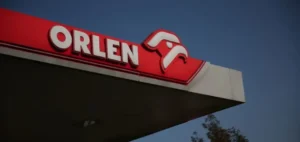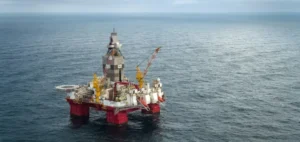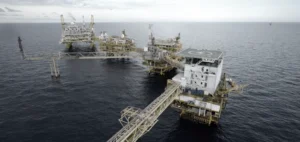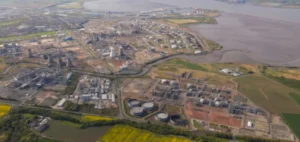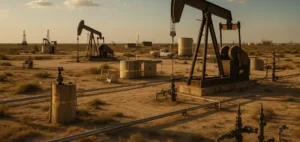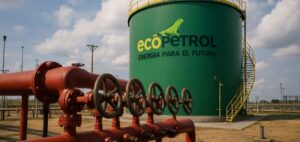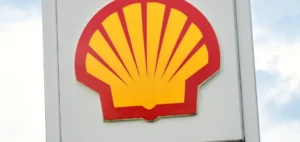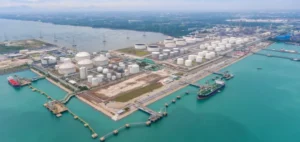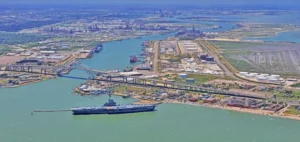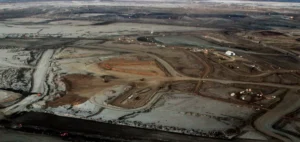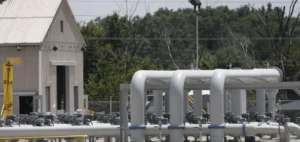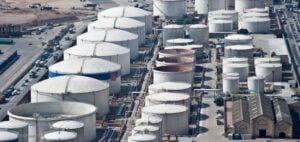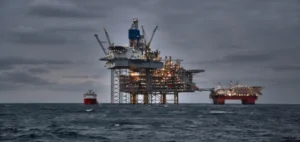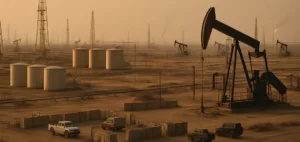Arabian Drilling, a Saudi company, wants to increase its production in Saudi Arabia. It intends to produce more oil and natural gas. According to the company, the kingdom has a major role to play in meeting the demand for hydrocarbons. In fact, Arabian Drilling estimates that Saudi Arabia will account for 30% of total hydrocarbon additions in the Middle East and North Africa through 2030.
On September 16, Brent crude reached $91.02/bbl, up 22.9% on the year. Faced with rising oil prices, buyers are demanding a reduction in production. Arabian Drilling intends to take advantage of this.
The company is present in Saudi Arabia, but also in the Neutral Zone shared between the kingdom and Kuwait. It has numerous contracts with multiple companies such as Saudi Aramco and Baker Hughes Saudi Arabia.
Arabian Drilling to increase production capacity
Currently, the company has 45 drilling rigs and a market share of 17% in the kingdom. On average, over the last 3 years, the company has drilled 275 wells. Furthermore, in May 2021, the company wanted to go public.
Arabian Drilling’s desire to increase its production capacity is reinforced by the current context. The company states:
“The strong market outlook has had a positive impact on the kingdom’s onshore and offshore drilling activity, with the kingdom’s rig count expected to increase significantly to meet growing production demand.”
Thus, on a Saudi Arabia-wide basis, the number of onshore drilling rigs is expected to increase. The annual rig count is estimated to increase at a compound annual rate of 14% between 2021 and 2025. At the same time, offshore activity is growing at a rate of 12%.
To meet demand, the company plans to increase its E&P spending. These are to increase by 13% per year between 2021 and 2025.
However, Arabian Drilling is not alone in wanting to produce more. In fact, Saudi Aramco is targeting a production capacity of 12.3 million barrels per day by 2025. The company is accelerating its plans to meet rapidly growing global demand.
In addition to oil, Saudi Arabia’s gas production is also expected to increase.
Saudi Arabia, a giant in the oil market
According to data provided by Saudi Arabia, the country has an annual production capacity of around 12 million barrels per day. According to Plats Analytics, this is more like 11.5 million b/d. In any case, Saudi Arabia and the United Arab Emirates hold a very large share of the world’s remaining spare capacity.
Saudi Arabia intends to increase its production capacity. For example, the Dammam field is expected to supply an additional 75,000 b/d by 2024. Similarly, the Marjan and Berri offshore fields will add 300,000 b/d and 250,000 b/d respectively by 2025.
In addition, the kingdom is planning an expansion of the Zuluf field. This is expected to add an additional 600,000 b/d by 2026. The Safaniyah field will add some 700,000 b/d by the end of 2027.
In this context, Arabian Drilling intends to increase its activity. The company has already ordered new drilling rigs. The company comments:
“We have four offshore rigs on order, two of which were recently acquired and two of which are leased, and we anticipate additional rig acquisitions as we leverage our expertise and workforce to ensure we meet our obligations to our customers.”
To achieve its goals, Arabian Drilling intends to invest the proceeds of its IPO in expanding the capacity of its current fleet.



